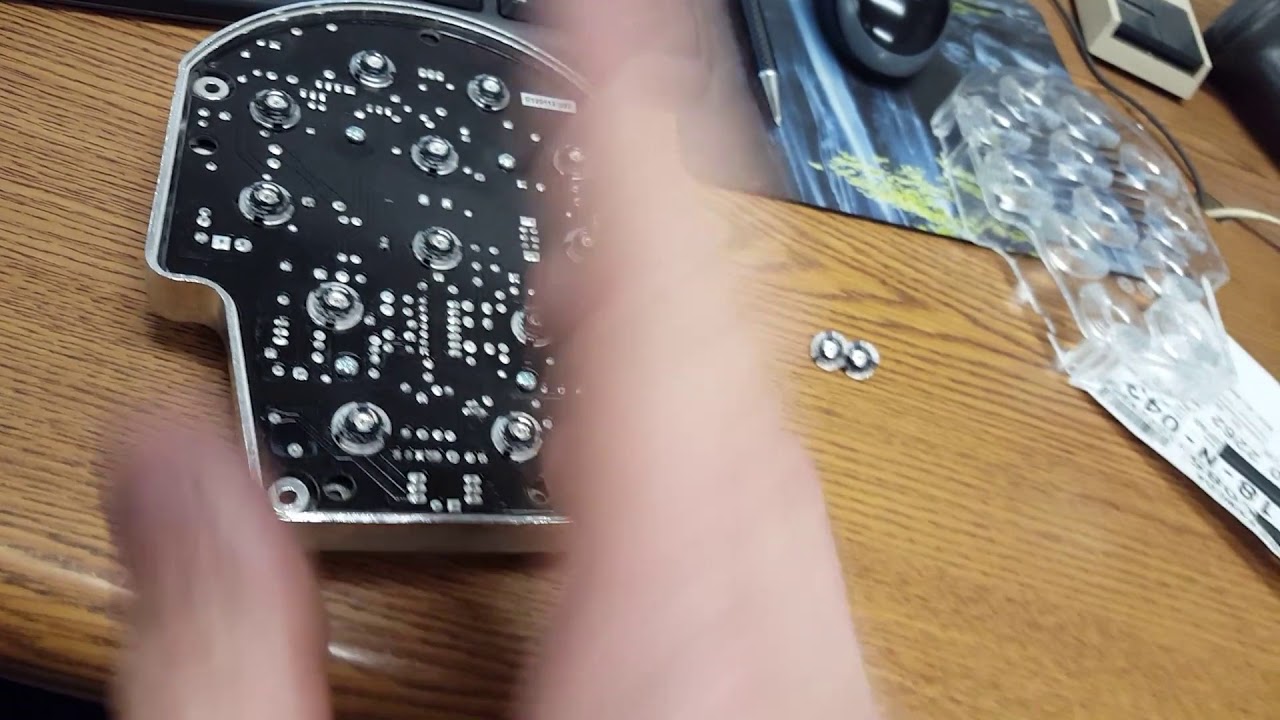LED or the long meaning ‘light emitting diodes’ is by far the most economical way to go especially with a fleet. At first (as usual) the price was the biggest objection which of course is a common response when a product has not been properly tested over time. Incandescent lights from the good old days were the normal way to go …now that’s old school. In my opinion the pros far outweigh the cons with LED lights.
The old moisture absorbing incandescent lights were sealed with a 2 cent rubber seal and our friend oxygen would combine with moisture and electrical current turning these lights into biology projects that had to be constantly maintained and eventually discarded. It did take time to sell us on LED but now we’re believers.
The average LED light in our fleet is lasting five years or more. They have a 5 year warranty and I’ve only made around 10 claims which tells you how much life we get out of them. LED lights are sealed and being solid state are very high quality and don’t miss a beat. They cost around 180.00 depending on the U.S. dollar but it’s been a long while since I’ve ordered any.
The only problem that stands out is they don’t heat up like the incandescent lights so in the winter time they have to be cleaned off not being able to keep the layer of snow and ice off the lens. One other issue is seized fasteners when replacing them since they haven’t been touched for so long or a good example is changing loading lights in the Thomas C2. You need a lot of patience to actually get to the screws for removal. Thomas uses Weldon brand LED lights that split apart once they are removed.
And hats off to Weldon for giving the end user the ability to replace the LED bulbs. They are threaded …no special tools or training required. In the video you can see the simple step to change the burned out lights. We’re allowed 30% burn out on LEDs because of they’re powerful candle power that adds to their longevity and reduces labor for us. Any incandescent light assy. exposed to the elements is going to take a beating so the time involved repairing them along with the high failure rate was excessive.
Another bright idea we have instigated in our shop is to change out incandescent with LED on clearance and tail lights. The amperage draw is only .2 amps so it makes sense. I hope you found this post enlightening and you see the advantages of choosing LED.







